Contender for the best neighborhood name in Brooklyn, and perhaps all of NYC, is Pigtown. Sadly, the name rarely shows up on any modern maps. Today, this small section of Brooklyn could be considered part of Crown Heights, East Flatbush, or Prospect Lefferts. When the Wingate High School was built in the fifties, some people began referring to the area as Wingate, though the name hasn’t gained much traction.
One map you will find Pigtown on is my frequently referenced favorite neighborhood map recently put out by the New York Times. The crowdsourced map indicates a consensus on a neighborhood’s name through the intensity of its colors. You can see that the area in question is a brown jumble with Wingate, Pigtown, and even Little Carribean all making claims on the same turf.
When it first got its name, Pigtown was located on the northern edge of Flatbush, one of the six original Dutch villages that would eventually become incorporated into today’s borough of Brooklyn. The neighborhood’s borders are roughly bounded on the north by Empire Boulevard (then Malbone St), the south by Winthrop St, Troy Ave on the east, and Nostrand Ave on the west.
Since it is situated directly at the center of the Brooklyn landmass, it was one of the last areas in the borough to be developed; paved roads, sewers, and other utilities came to the neighborhood much later than the rest of the borough. In the 19th century, Pigtown was a popular spot for squatters, a good place for pig farming, and a convenient place to dump garbage.
“I am fond of pigs. Dogs look up to us. Cats look down on us. Pigs treat us as equals.”
Winston S. Churchill
The Destroyer Of Happiness And Cabbages
Though there were undoubtedly plenty of pigs in Pigtown, a search for the neighborhood in old newspapers makes you wonder if it wasn’t misnamed. While the largely condescending articles use all variety of swine puns, it was the hijinks of the neighborhood’s many goats that hogged the headlines.
Take, for example, the story of the Meades and the Goetzes, Pigtown neighbors and best of friends. Mrs. Meade and Mrs. Goetz shared pruning shears, flower seeds, and “sprinkling cans” while “the lords of the respective households used to converse over the garden fence on the possibilities of the growing cabbages.”
Then, one fateful day, Mrs. Meade made a decision that would turn the former besties into the Hatfields and McCoys of Pigtown. She brought home a goat with “curving horns and mild brown eyes.” By all accounts, nearly everyone on the block was fond of this goat, and it had free rein in the Meades’ yard and the local streets. However, by some “perversion of goatine taste,” the Meades’ goat eschewed the abundance made available to her, favoring the tasty repast on offer in the Goetzes’ garden instead. She found the cabbages and the Easter lilies particularly irresistible. The Goetzes were not amused. On the 16th of April, after many unheeded complaints, Mr. Goetz took matters into his own hands.
And then Goetz, with stealthy step, and his old shotgun, loaded to the muzzle with scrap iron and old nalls, sauntered forth from his home, and, finding the goat just dallying through the fence, with one of his choicest heads of cabbage, he took a long and steady aim at the destroyer of his happiness and cabbages, and fired.
The Meades were beside themselves with grief and berated their neighbor, accusing him of murder. Mr. Goetz, now flush with bloodlust, “hammered” Mr. Meade with the butt of the gun he had just used to dispatch the goat, breaking his hand in the process. In case you are wondering, I did some research, and infamous subway vigilante Bernhard Goetz is not a descendant of the Pigtown Goetzes.
In 1922, the Brooklyn Daily Eagle managed the impressive feat of criticizing the quality of Pigtown’s garbage in an article claiming the goats were commuting out of the neighborhood for the superior refuse of Crown Heights. It’s also possible they just didn’t want to get shot.
The garbage in Pigtown is notoriously low grade, of inferior fishheads and old gravy. It in no way compares with the excellent cabbage, the delicatessen bismark herring, the sour anchovy paste, the mellow tomatoes and the clabbered milk in the Crown Heights pails. Since ascertaining this fact the Pigtown goats have rushed over early every morning to Crown Heights for breakfast. Everybody was enthusiastic over the idea except Crown Heights residents.
Yet another story recounts the anti-gentrification efforts of some local goats. While being led on a tour of potential real estate opportunities in the rapidly changing neighborhood, some women in the tour group started to scream. Much to the amusement of the local bystanders, several goats had begun to nibble away at the interloper’s petticoats. The goats were driven off, and their owners were all fined one dollar. One of those owners was James McCormick, whom the article referenced as the son of the former “Mayor” of Pigtown. I wonder if the reporter misheard and James was instead the son of Thomas McCormick, the Terror of Pigtown?
THE TERROR OF PIGTOWN
Thomas McCormick, who served time in prison for burglary and assault, was famous in Pigtown for his acts of indiscriminate violence. He dealt with his bad moods by savagely beating the closest person he could find and often got away with it since he threatened to “kill any man, woman or child who would testify against him.” McCormick had been stabbed on several occasions, clubbed in the head by three police officers after assaulting one of them, and survived being struck by five bullets. Once, perhaps disappointed by his latest haircut, he walked into a barbershop and proceeded to swallow two live canaries, an offense that the barber tried to avenge by slicing open McCormick’s canary-full cheeks.
THE MAYOR OF PIGTOWN
The actual “Mayor” of Pigtown was Tommy Colandirello. By the early twentieth century, there was a significant Italian population in Pigtown, and Tommy was the defacto boss. An article in The Brooklyn Citizen details Colandirello’s considerable power and influence while simultaneously mocking the man and his neighborhood.
An ultimatum from the chubby little chief executive is as invulnerable as the walls of the penitentiary, under the shadows of which the Pigtown citizens eat their garlic and sing the praises of their leader
Of course, if you are the mayor of Pigtown, you need a goat.
Thankfully Pigtown goatdom was spared as the mayor’s goat was found later that evening ransacking the offices of Brooklyn Dodgers’ owner, Charles Ebbets.
THE MAYOR FROM PIGTOWN
Former Mayor of New York City, Rudy Guliani, was born in 1944 and spent the first seven years of his life at 419 Hawthorne Street in the heart of Pigtown. He lived with his parents on the second floor in a “narrow, six-room apartment with parquet floors, decorative moldings in the plaster walls, and high ceilings.”1 His maternal grandmother owned the house.
Rudy’s father, Harold, had spent time in Sing Sing for robbing a milkman, but when Rudy was born, he had been working at the Brooklyn Navy Yard as a plumber’s assistant. Later, he became a bartender at Vincent’s, a Pigtown bar on the corner of Kingston and Rutland run by his brother in law, Leo D’Avanzo, a loan shark and associate of the mob. In addition to tending bar, Harold was the “muscle” behind the loan sharking operation, collecting D’Avanzo’s unpaid debts. In 1951, the family moved to Long Island to get some distance from the old neighborhood.
There is no record of Guliani owning a goat, and it’s clear he has never owned a ferret after his incredible 1999 takedown of a ferret’s rights activist telling him his “excessive concern with little weasels,” was a sickness and that he should seek help.
Today, you can not legally own a goat or a ferret in New York City.
“Never wrestle with pigs. You both get dirty and the pig likes it.”
― George Bernard Shaw
Of course, the presence of actual pigs did play a role in defining the neighborhood’s character.
Probably my favorite pig story involves Patrick Scully, who was arrested after instigating a fight with a gang of 100 swine. According to the Times Union, Scully thought the drove of pigs he encountered on his walk home from the bar was actually a pack of dogs. When they crossed his path on East New York Avenue, he “tried to get up a dog fight,” a reasonable decision given the circumstances.
Scully “pulled the porkers' tails, punched them in the stomachs, and twisted their legs.” I’m not sure what is crazier, fighting a pack of pigs or claiming that the reason you did so was because you thought they were dogs.
Today, there is nary a pig to be found in the neighborhood. When the state-of-the-art Carson Peck Memorial Hospital was built on a ridge overlooking Pigtown in 1919, the road graders and developers followed soon after. The neighborhood has a large Hasidic population closer to the Crown Heights border and a West Indian population closer to Nostrand and Winthrop.
SIGHTS AND SOUNDS
This week’s audio features a Shabbat siren, a guy trying to sell me a camera he stole from his brother in law as payback, skateboarders and basketball players in Wingate Park, and sounds of construction on Clove Road.
FEATURED PHOTOGRAPHER
Edgar E. Rutter, or E.E., was born in Maryland in 1883. He was the official photographer for the borough of Brooklyn in the early 20th century. Pigtown was one of his favorite subjects. This quite extraordinary panorama was taken by E.E. from the roof of the Carson Peck Memorial Hospital on May 21, 1922
NOTES
If you make it to the neighborhood, be sure to visit the African Record Center at 1194 Nostrand Ave. The business was started by the Francis brothers in 1969 who were the first to import and distribute African music in the US.
If they hadn’t introduced Manu Dibango’s Soul Makossa to NYC in 1972, we might never have had the iconic “Mama-say mama-sah ma-ma-coo-sah” coda of Michael Jackson’s "Wanna Be Startin' Somethin,“ a refrain lifted straight from Dibango’s hit. Nor would we have had this scene from Eddie Murphy’s movie “A Thousand Words,” a movie with an astounding 0% score on the Rotten Tomatoes Tomatometer.
I have two food recommendations, though, like the record store, they are both on the very edge of the neighborhood on Nostrand Ave.
The first is the Jerusalem Falafel House. Word of warning, when the guy behind the counter asks you three times if you really want the hot sauce, think long and hard about your answer. When he described the sauce as “fire,” I assumed he was using the Gen Z vernacular, meaning something that was “really cool.” After my first bite, I realized he was referring to an actual fire, like the one that was rapidly spreading from my tongue, down the back of my throat, and through my intestines. I noticed him glancing up occasionally to chart my progress, the slighted hint of a smile forming at the corners of his mouth. Determined not to give him the satisfaction, I managed to choke down the entire falafel, nothing betraying my inner agony but the thin sheen of sweat that had begun beading on my forehead. Hoping he wouldn't notice, I returned my tray and quickly left. 4/5 stars
For a less intense meal, I recommend Veggies Natural Juice Bar and Cafe. The owner is nice, and the Vegan Burrito was straight fire.
https://www.villagevoice.com/thug-life-2/

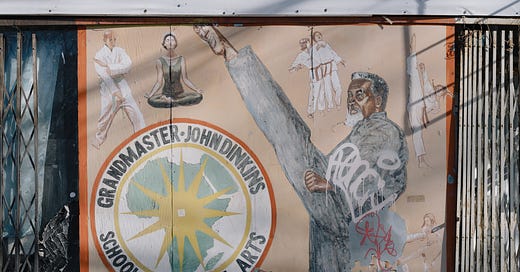


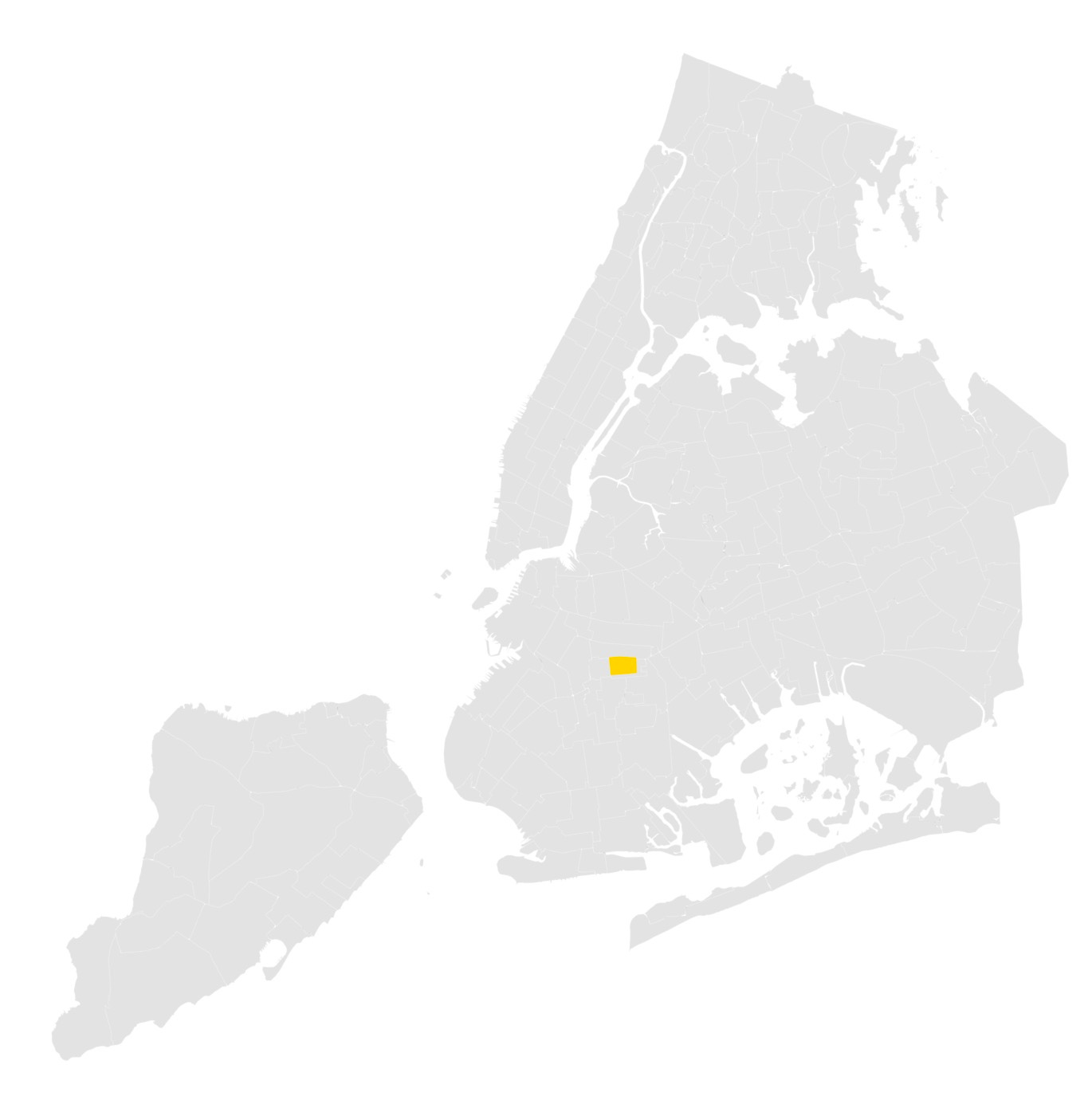
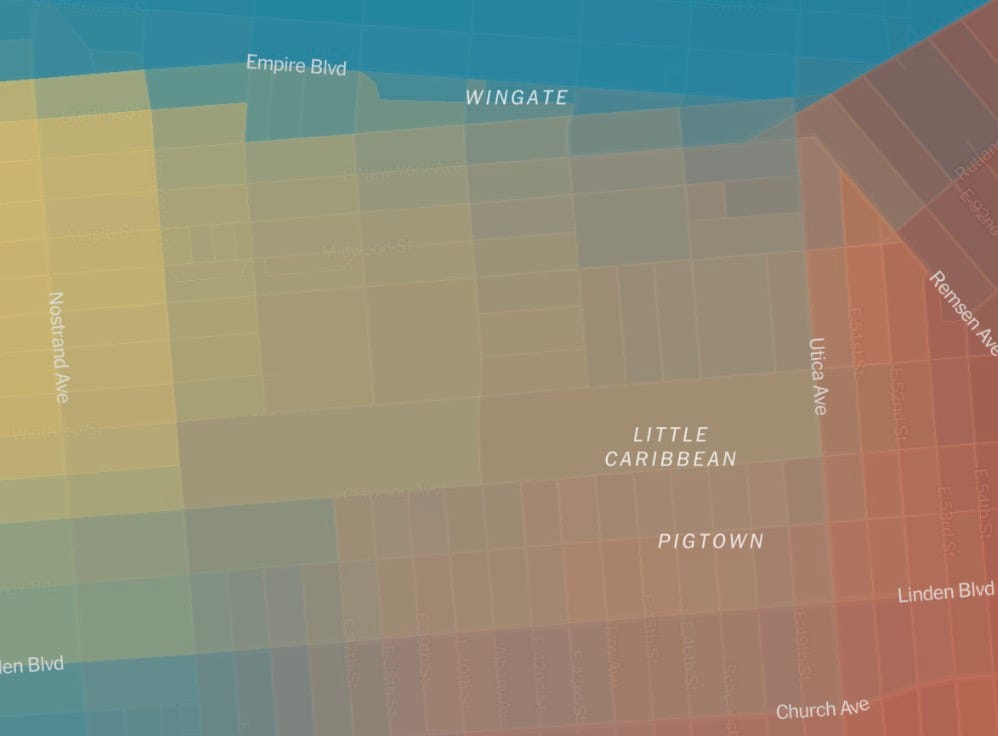

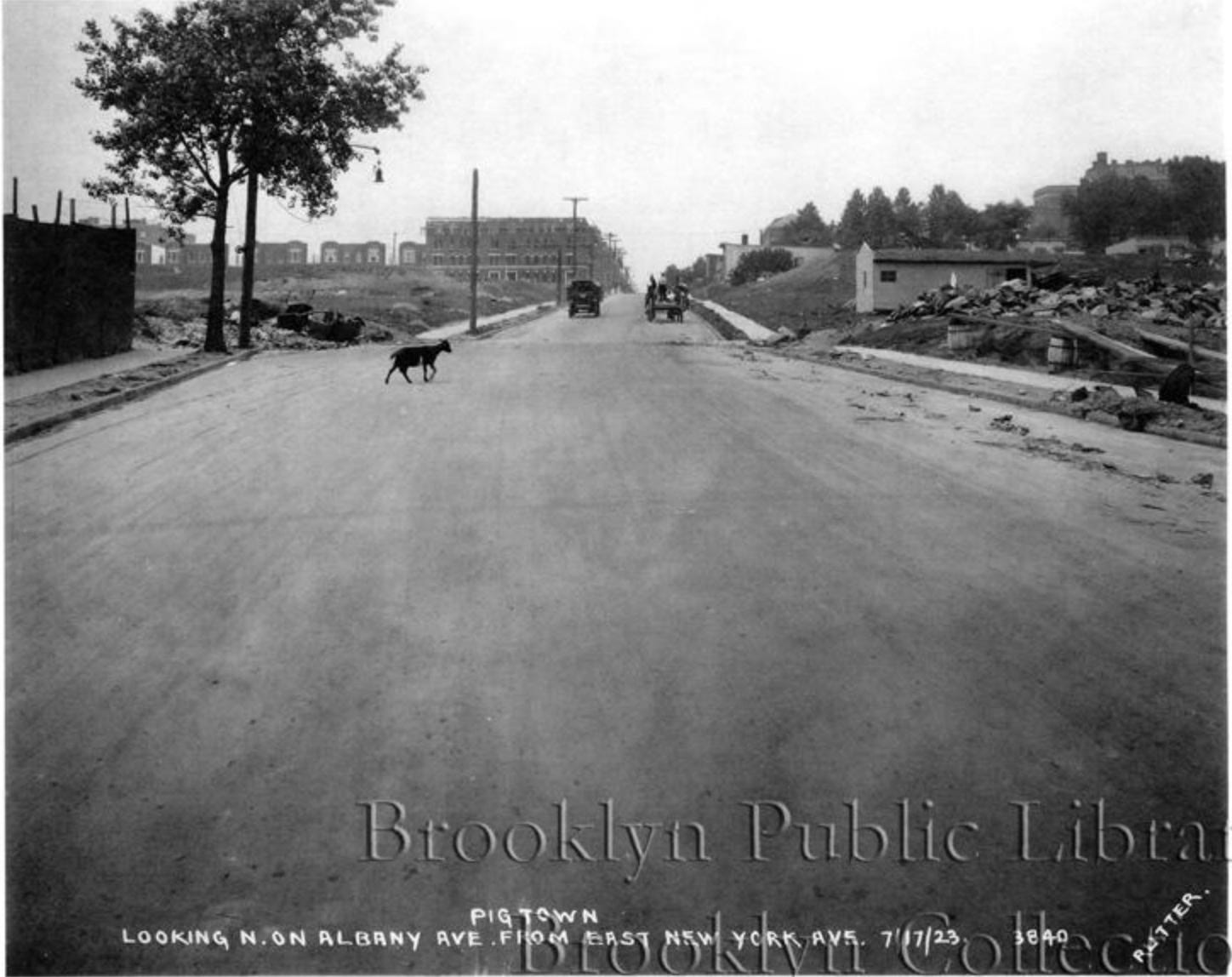

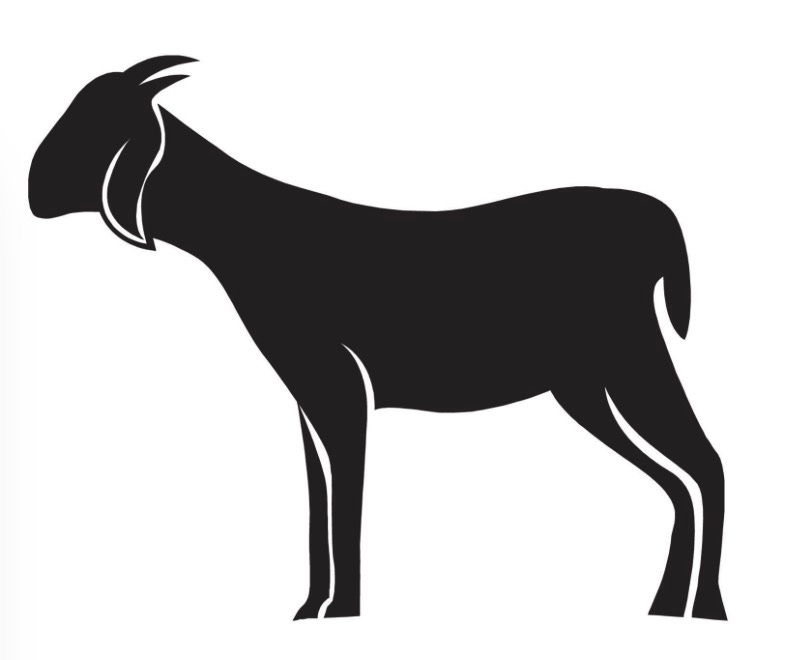

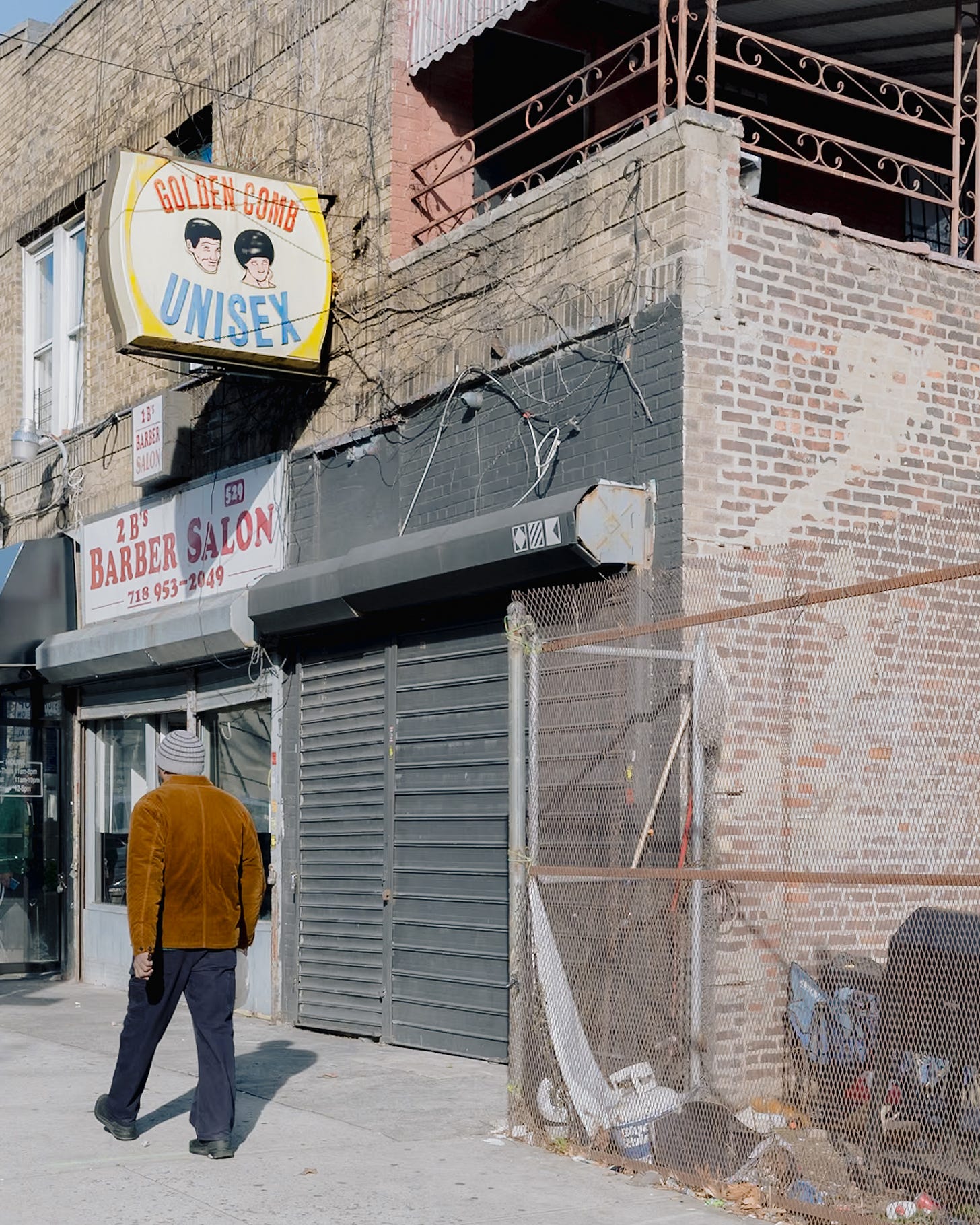
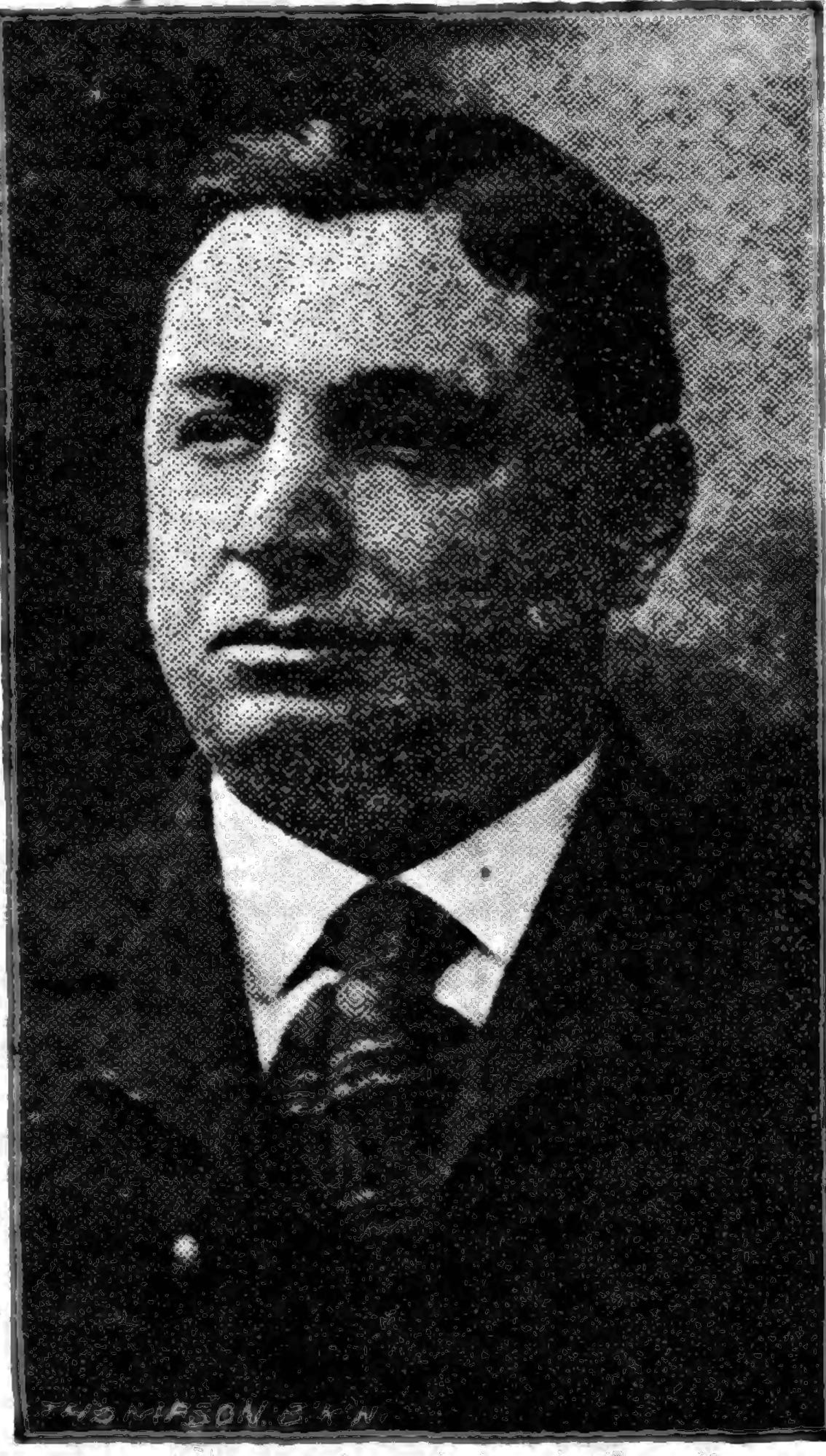
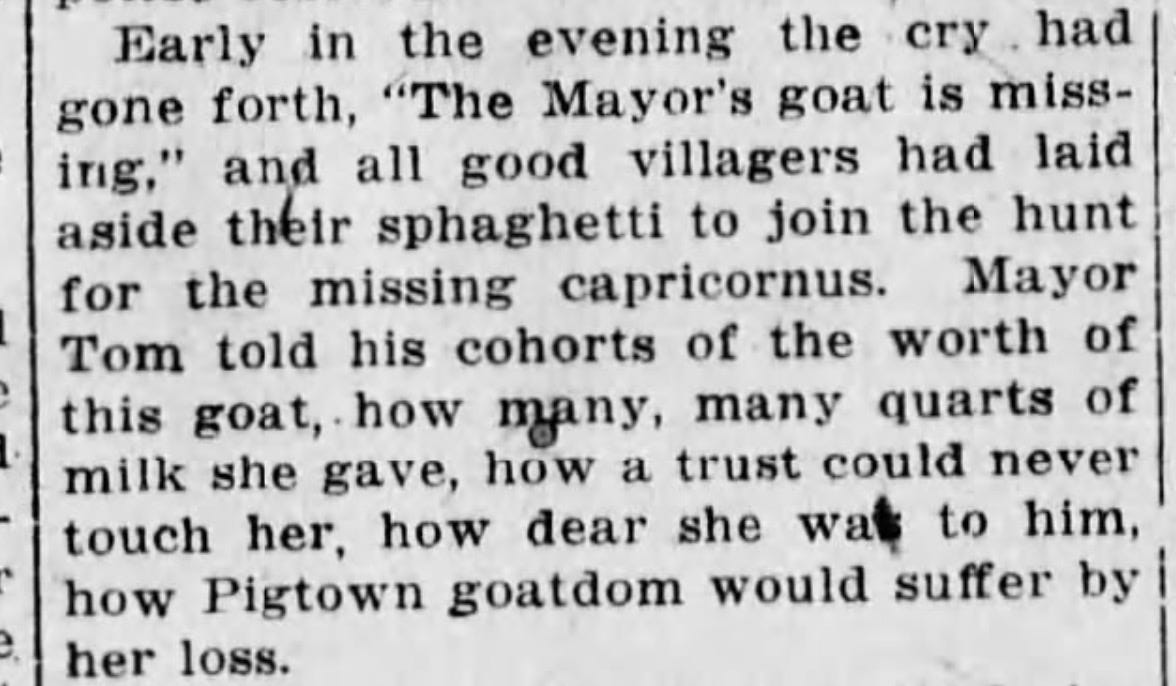
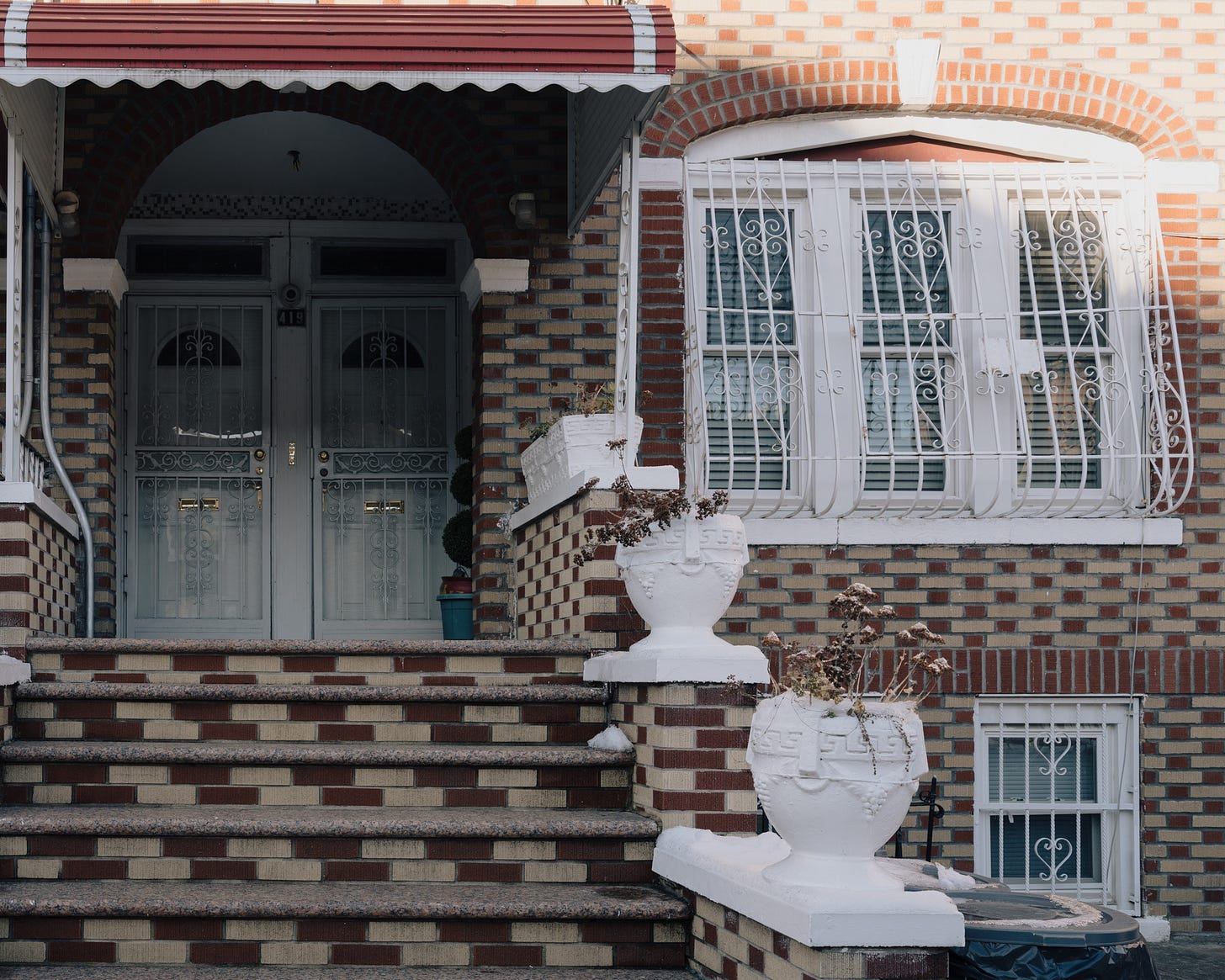


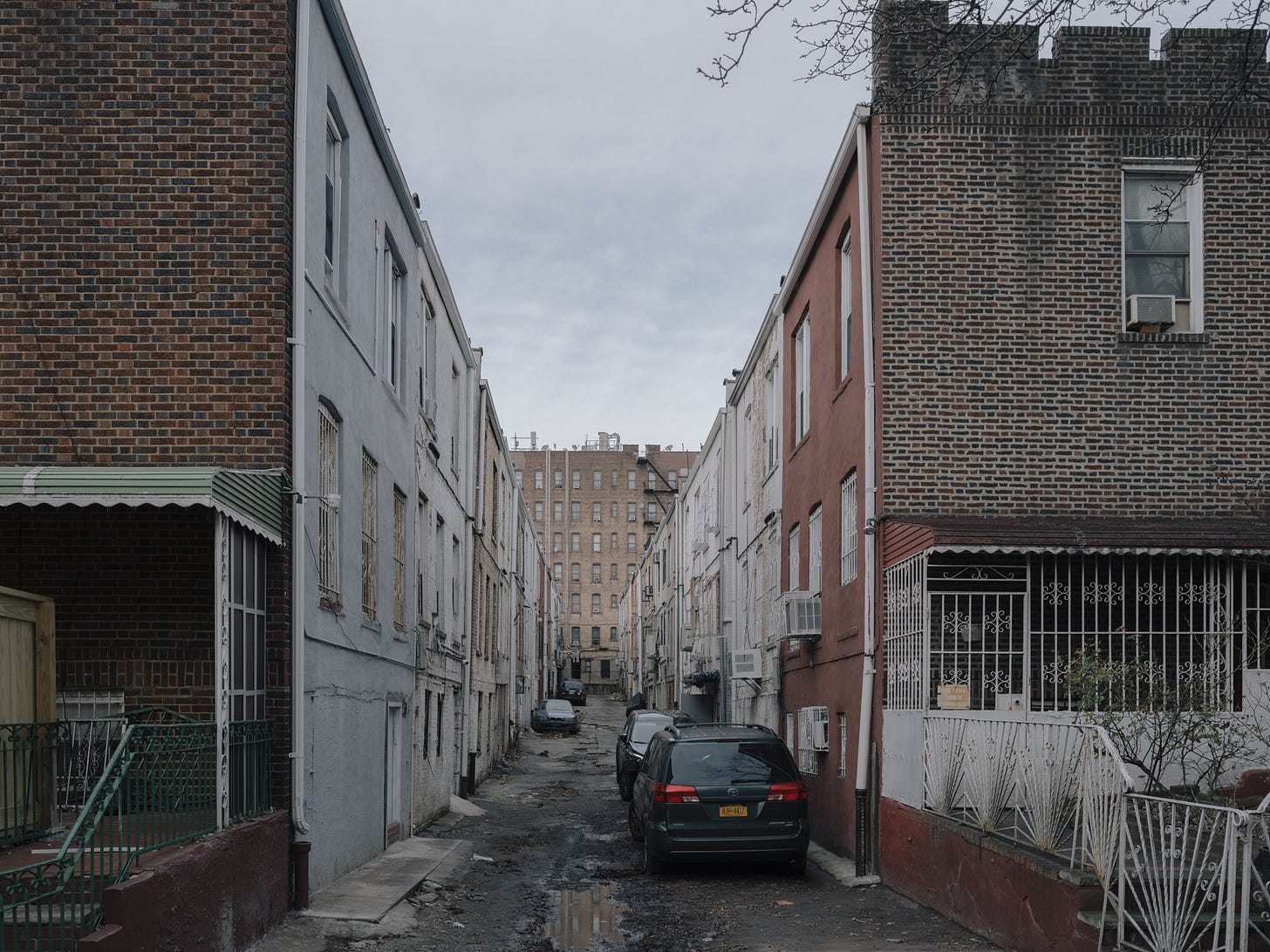
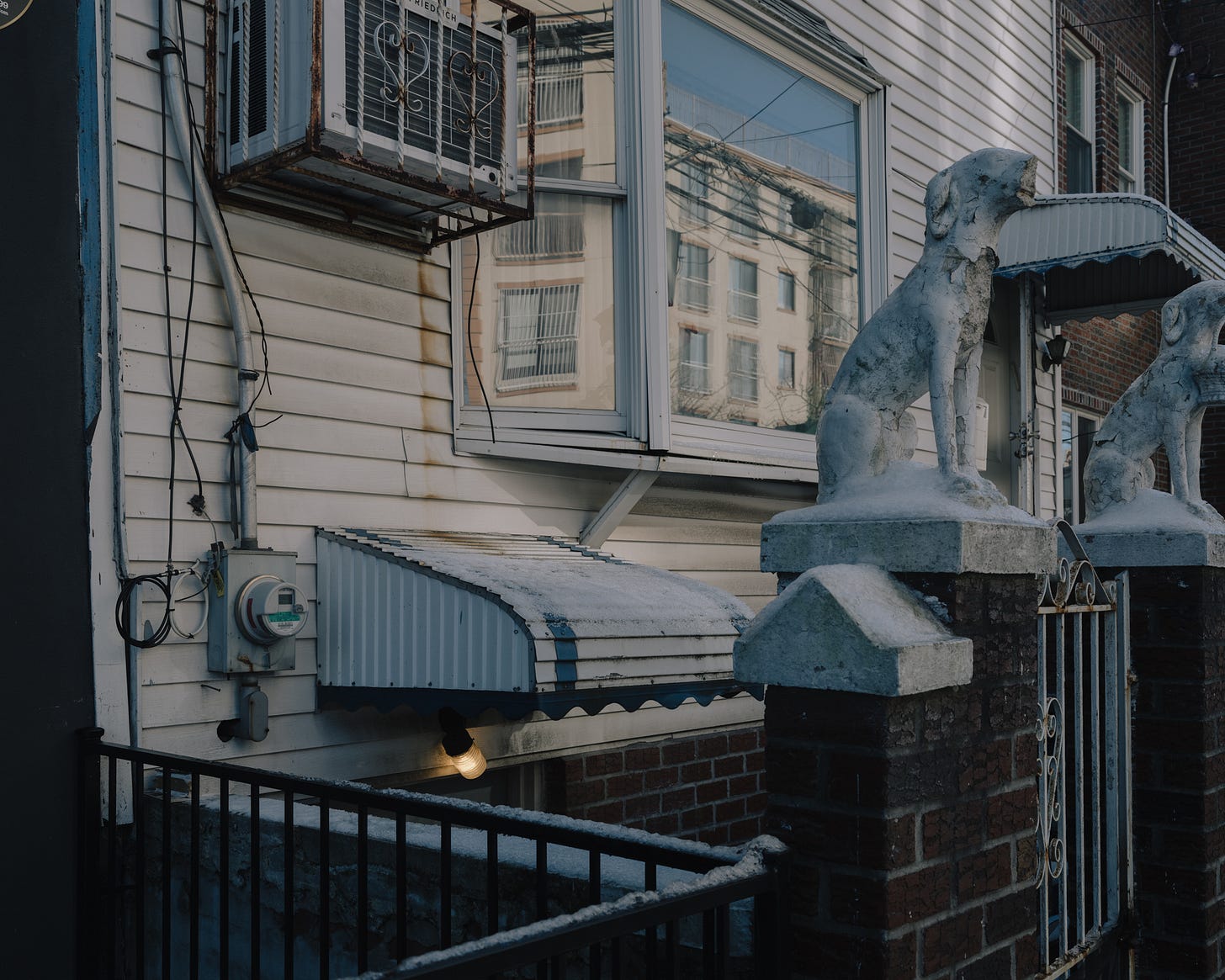
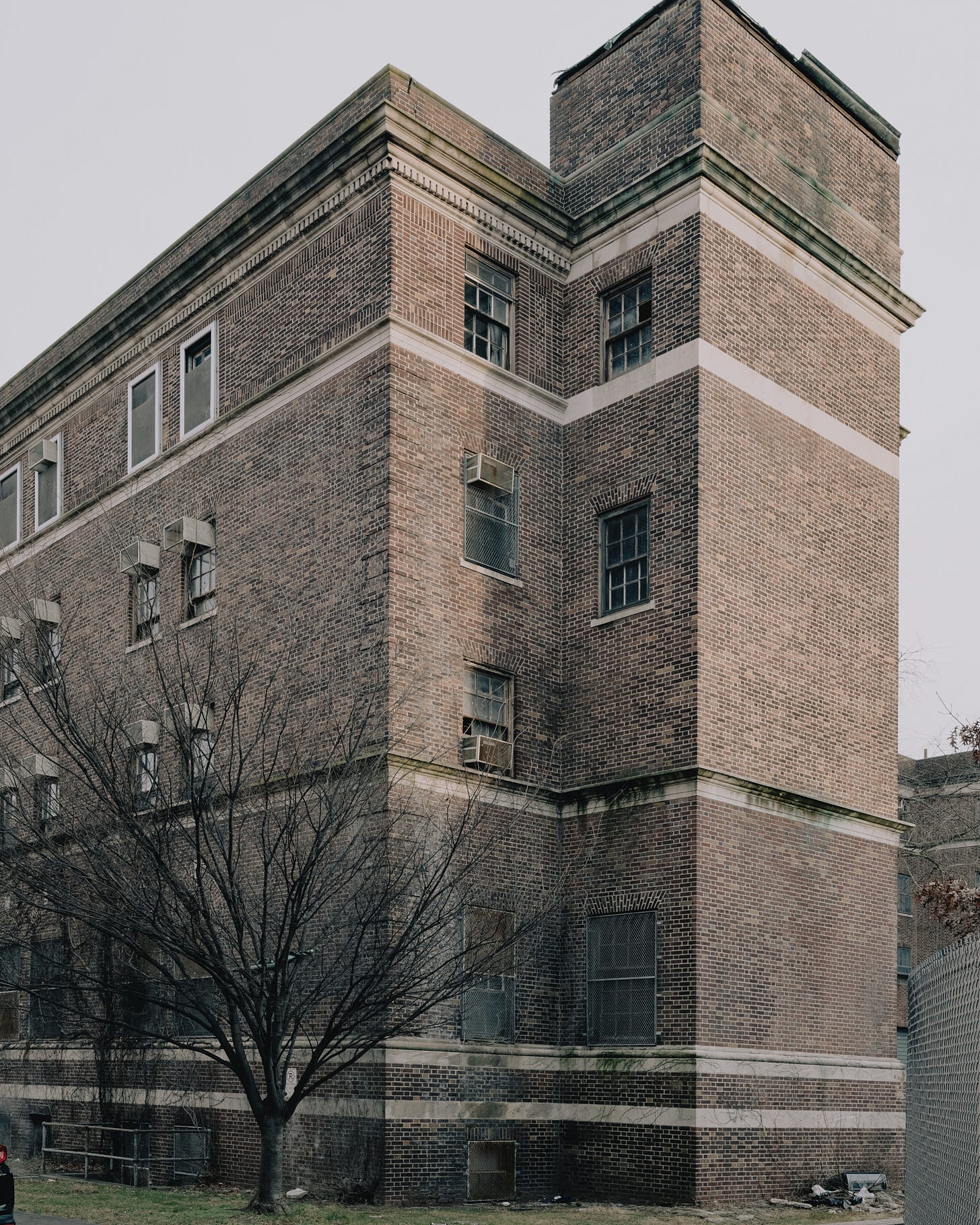

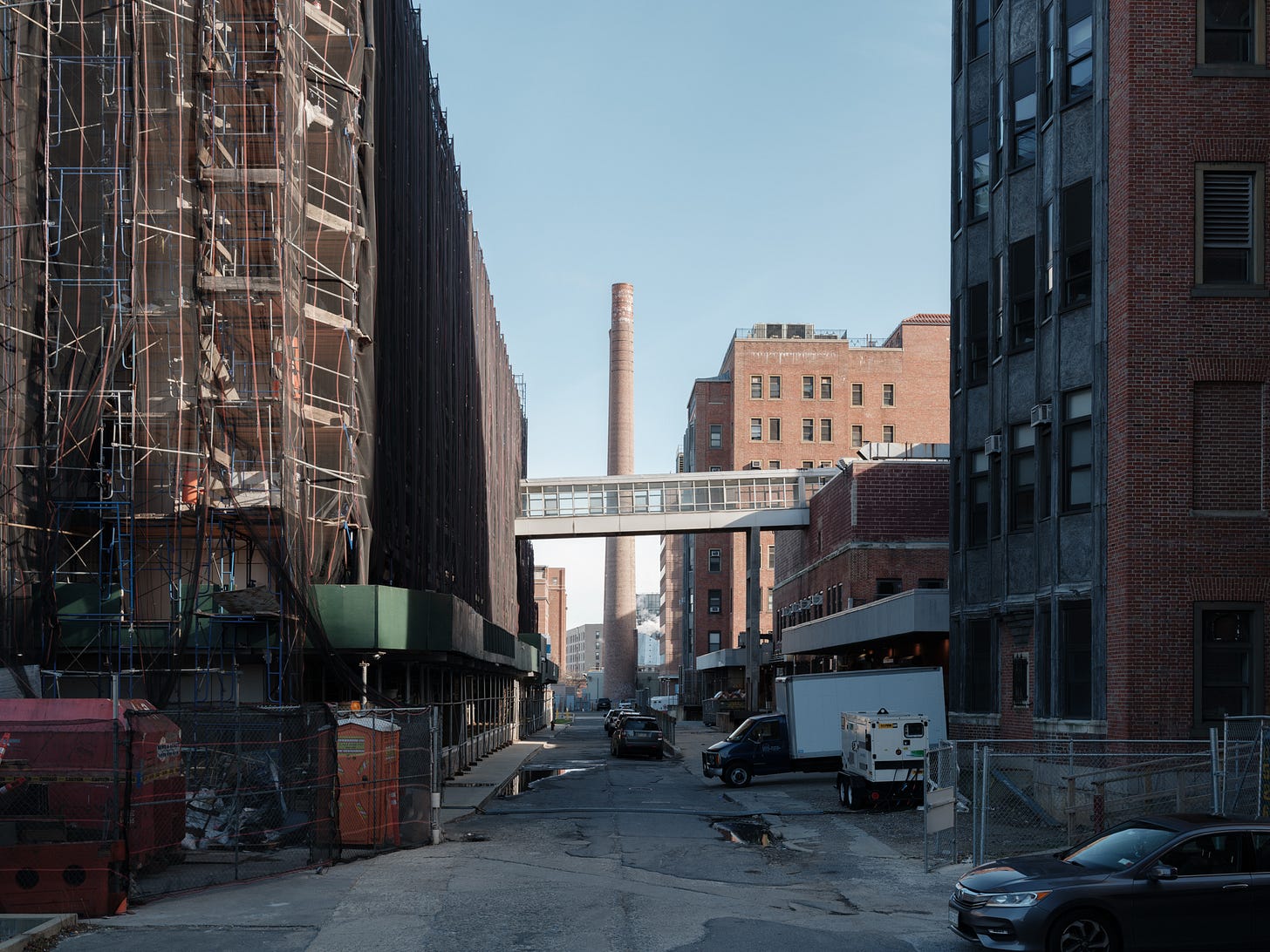
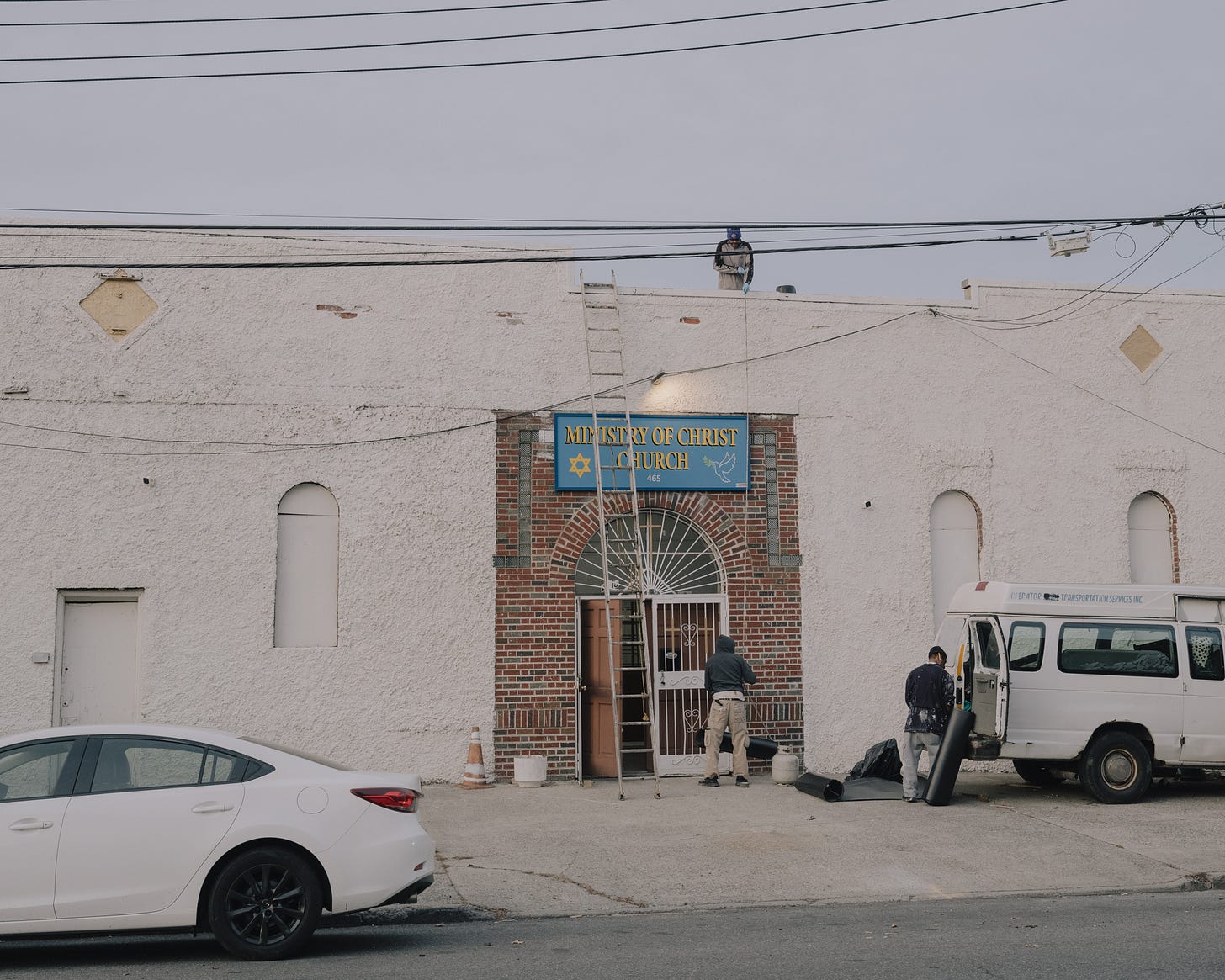
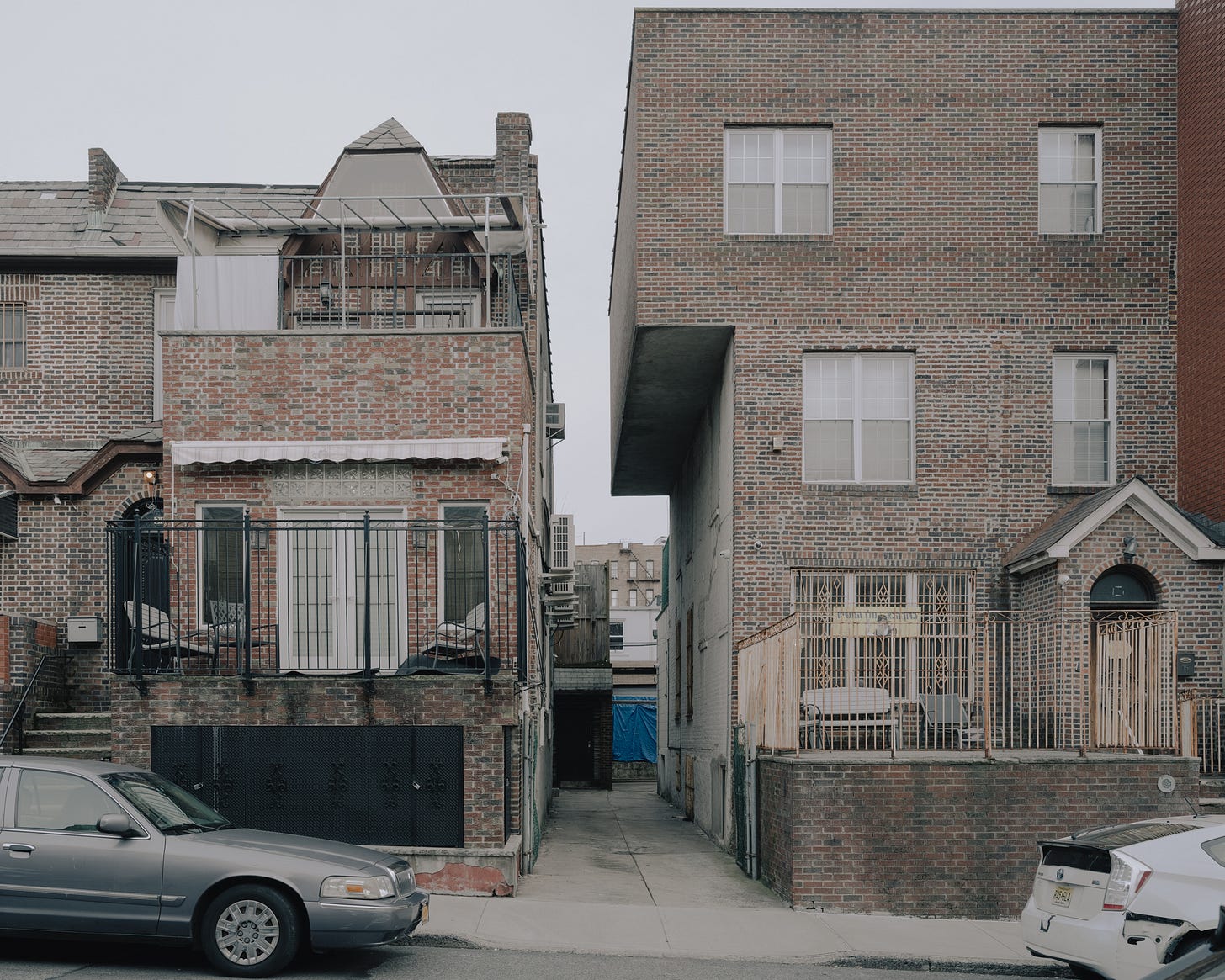
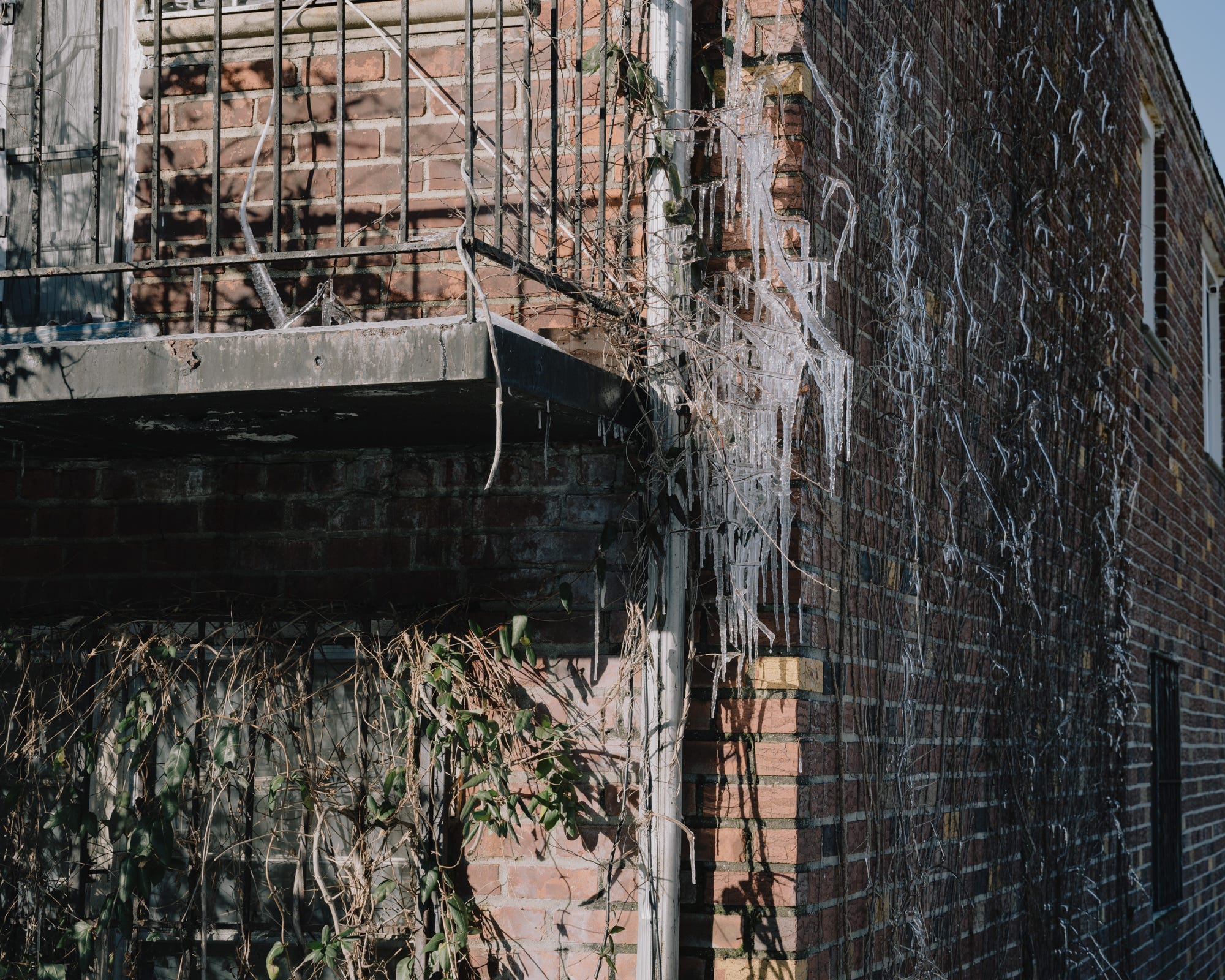

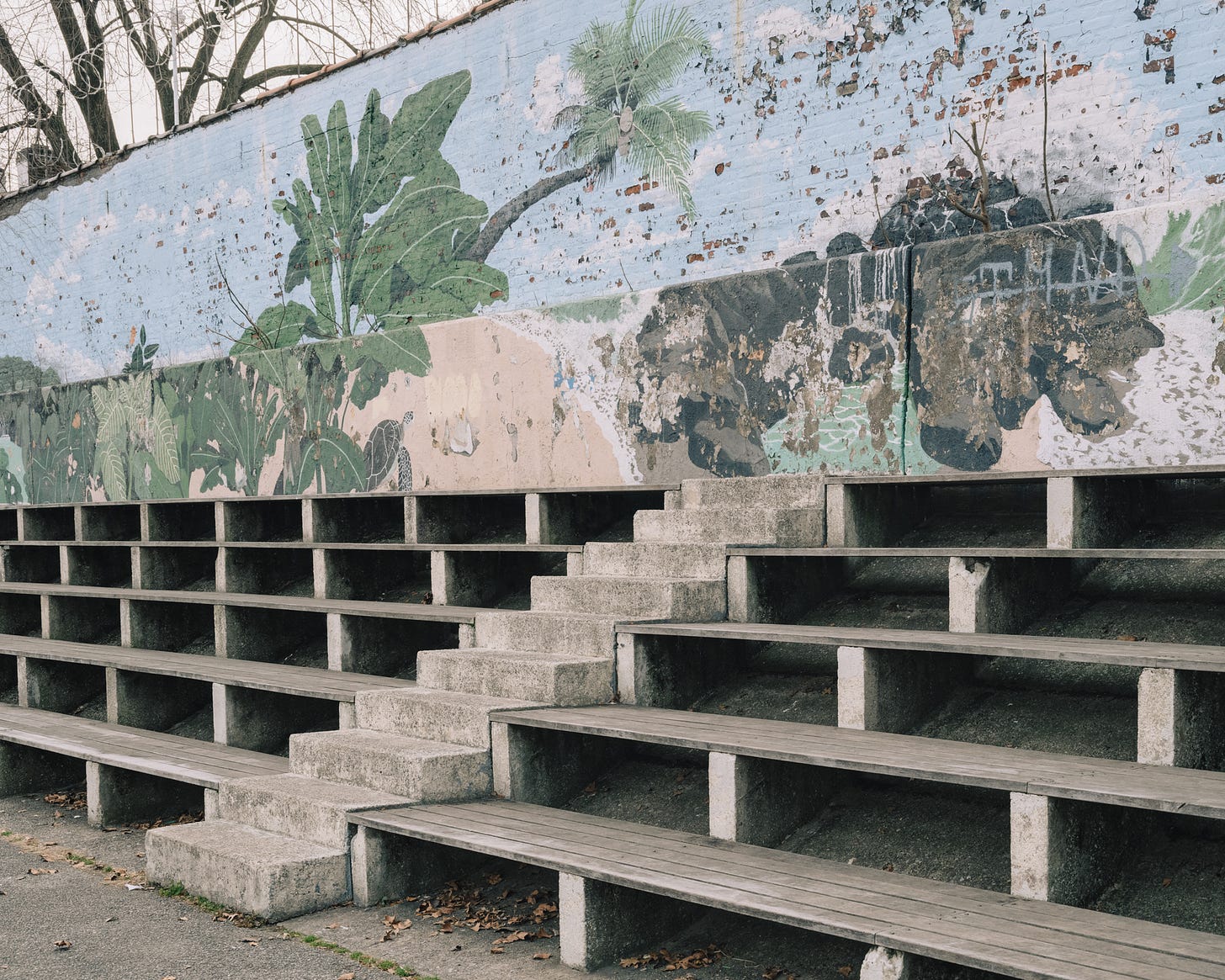
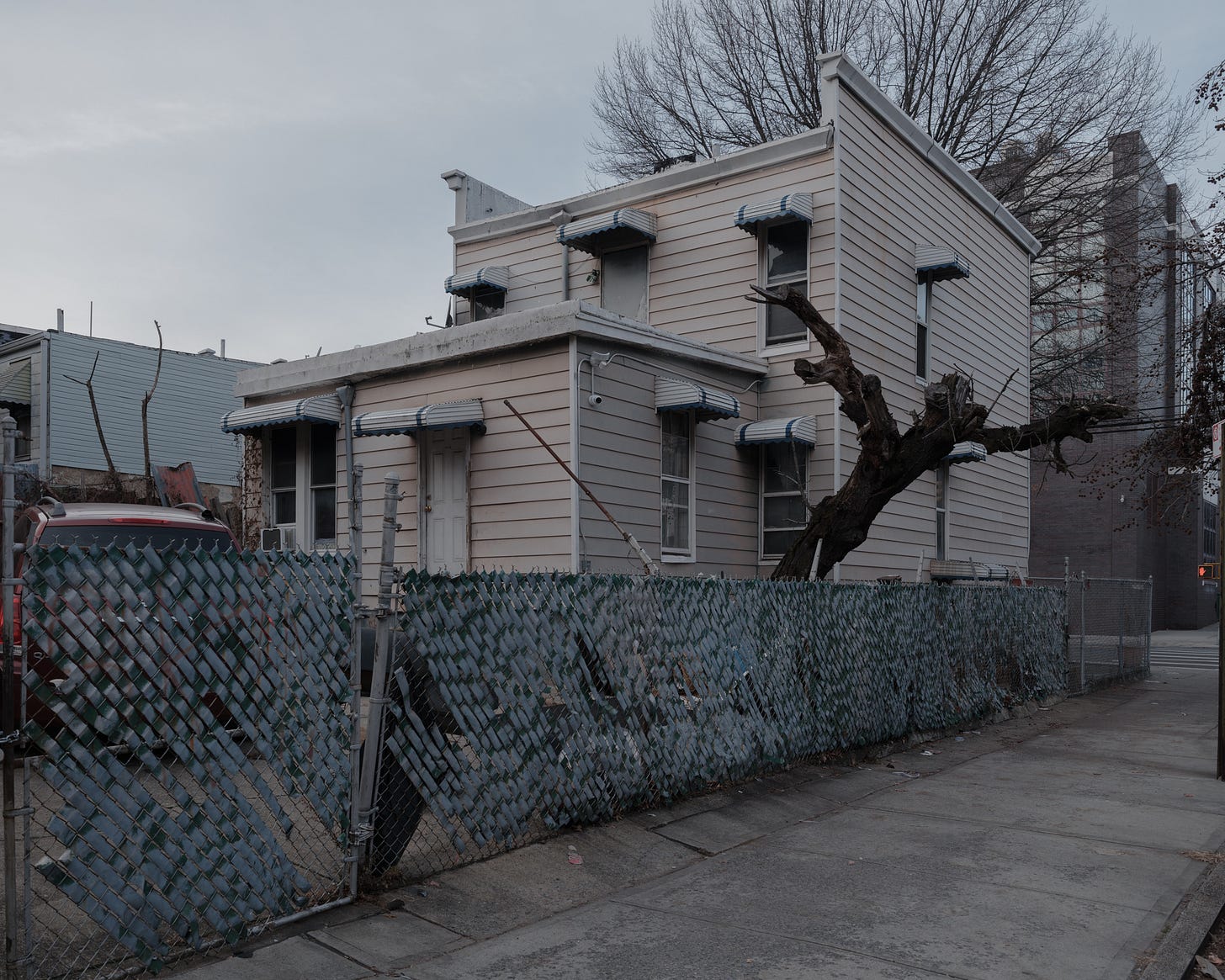


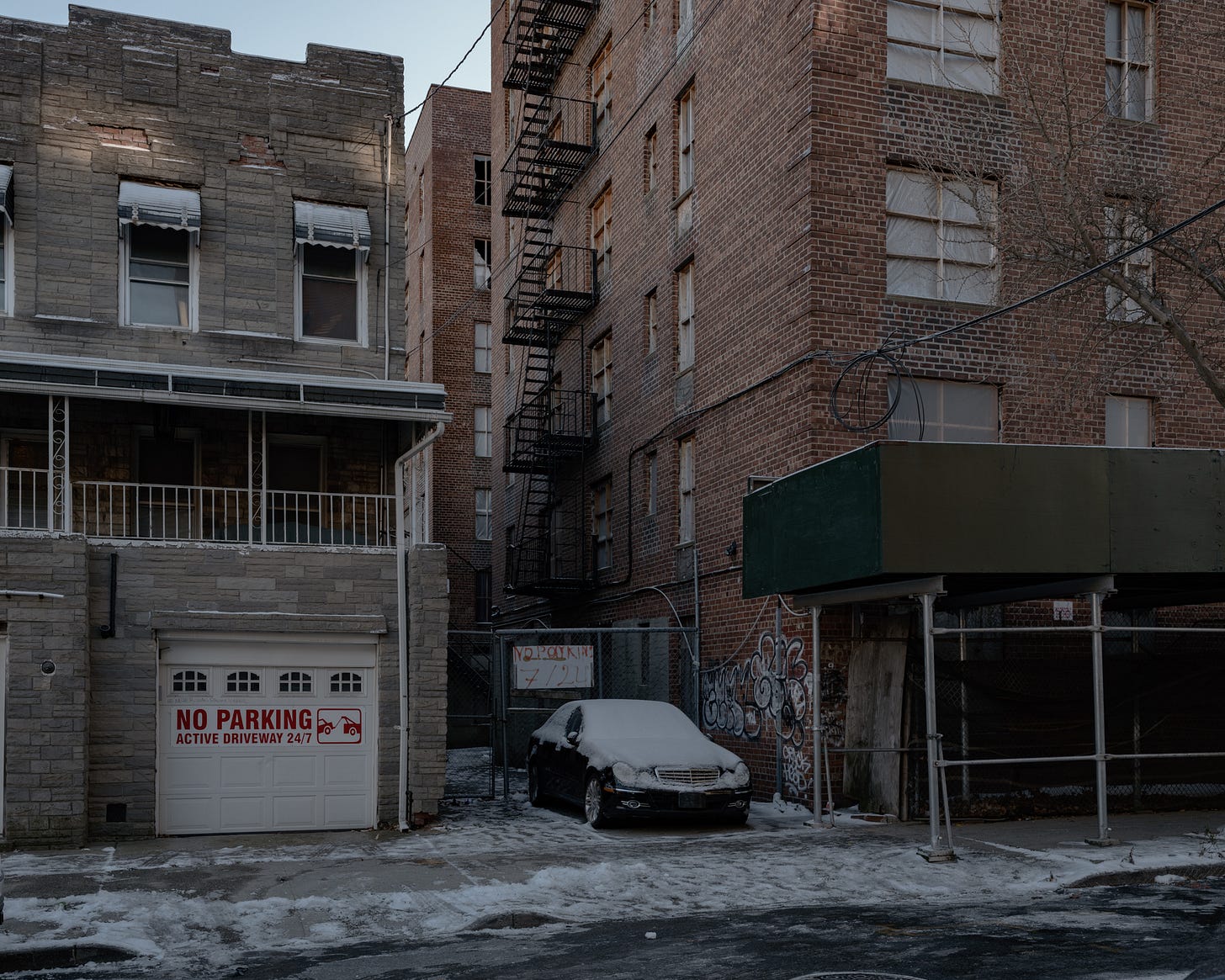

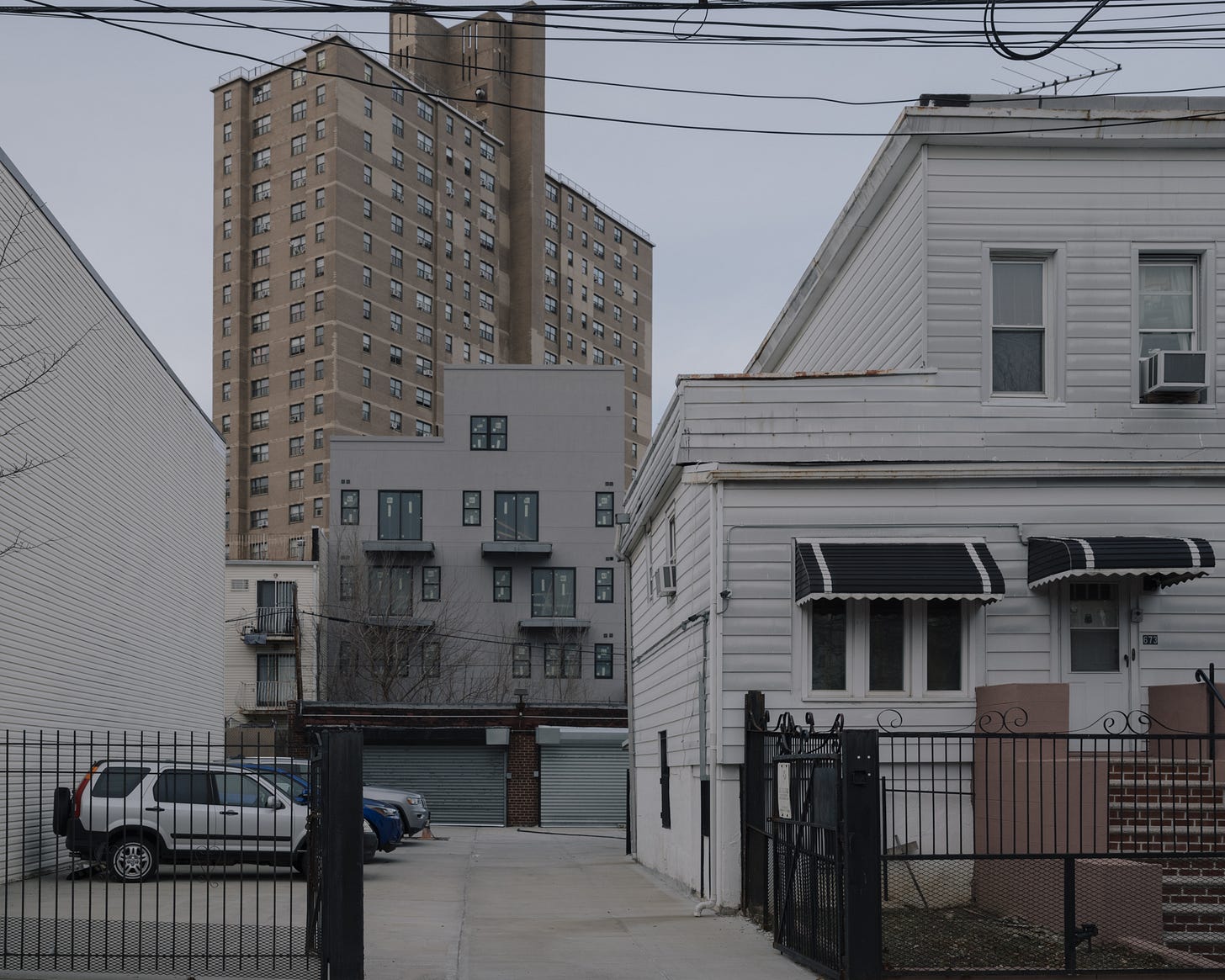
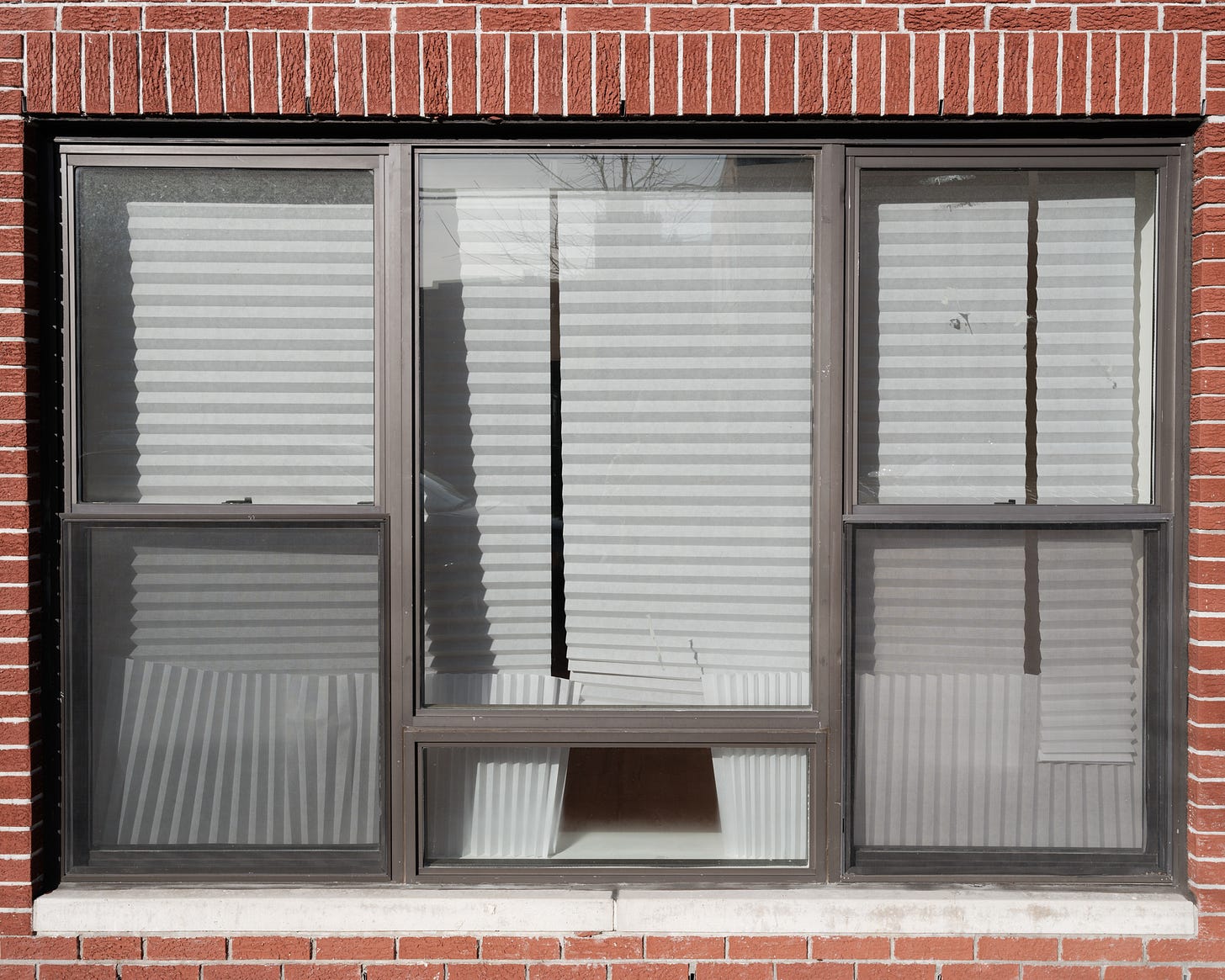
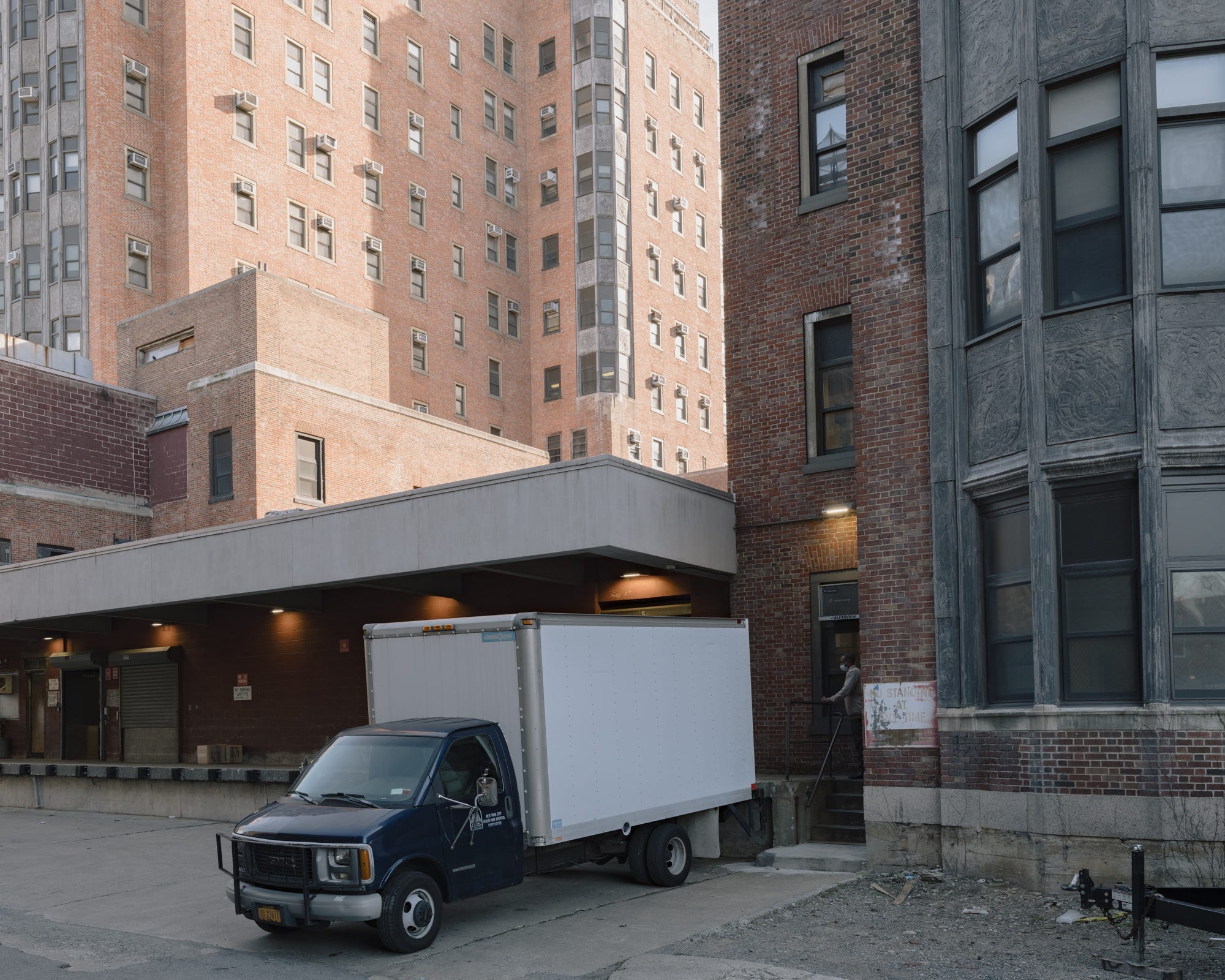
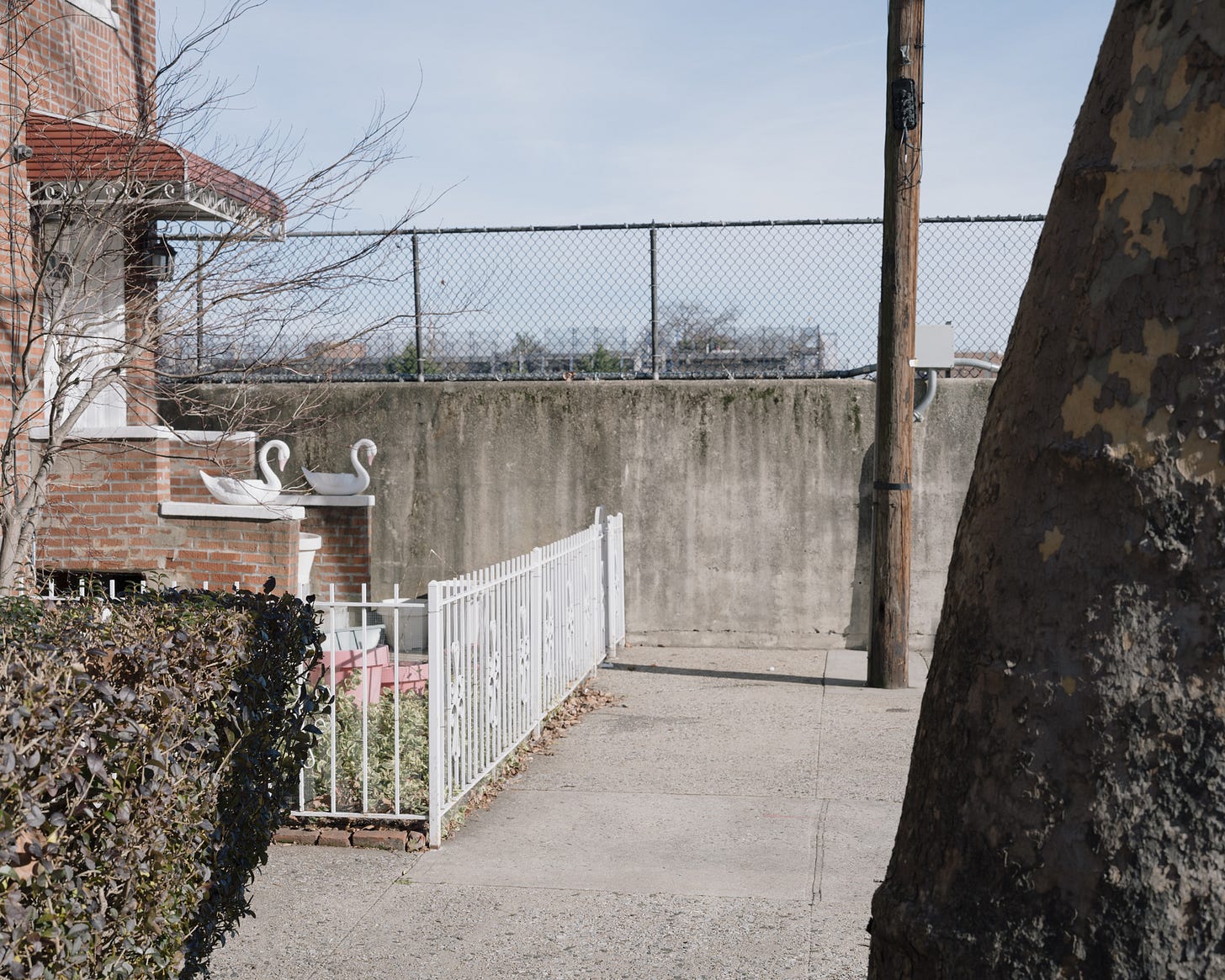


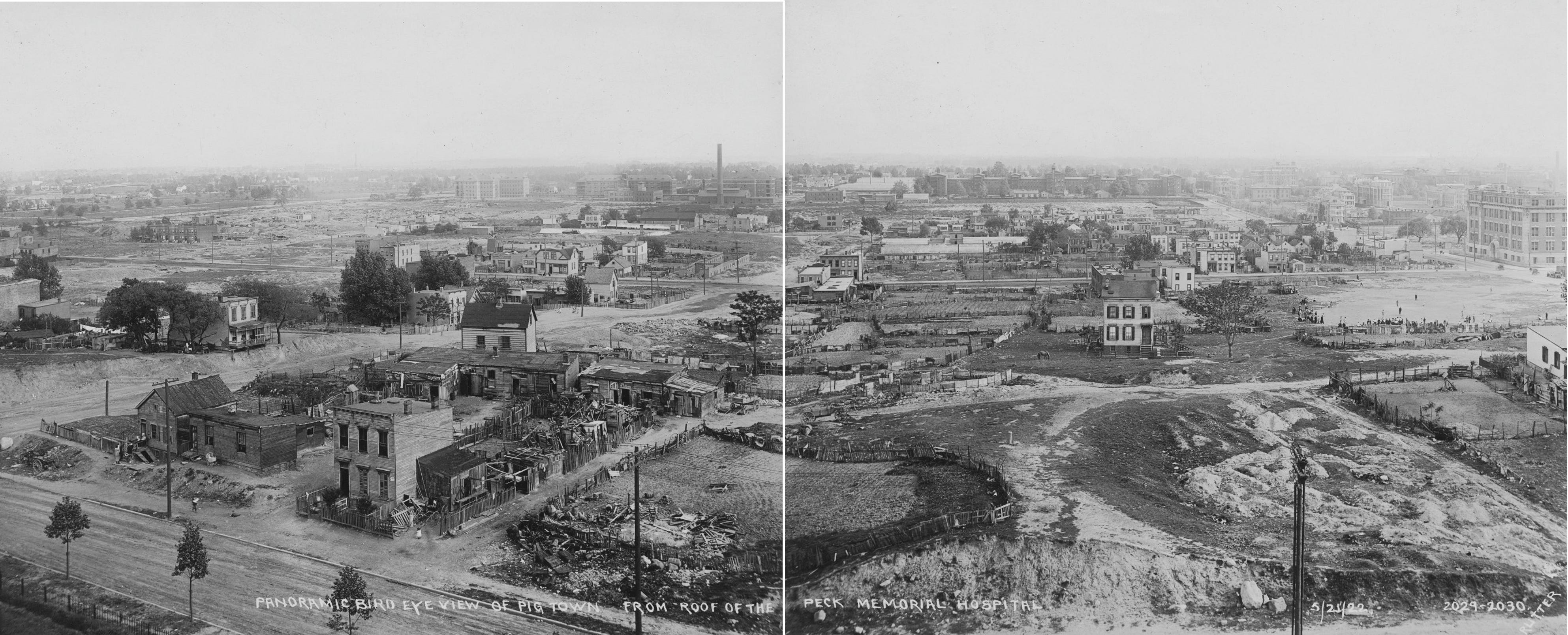
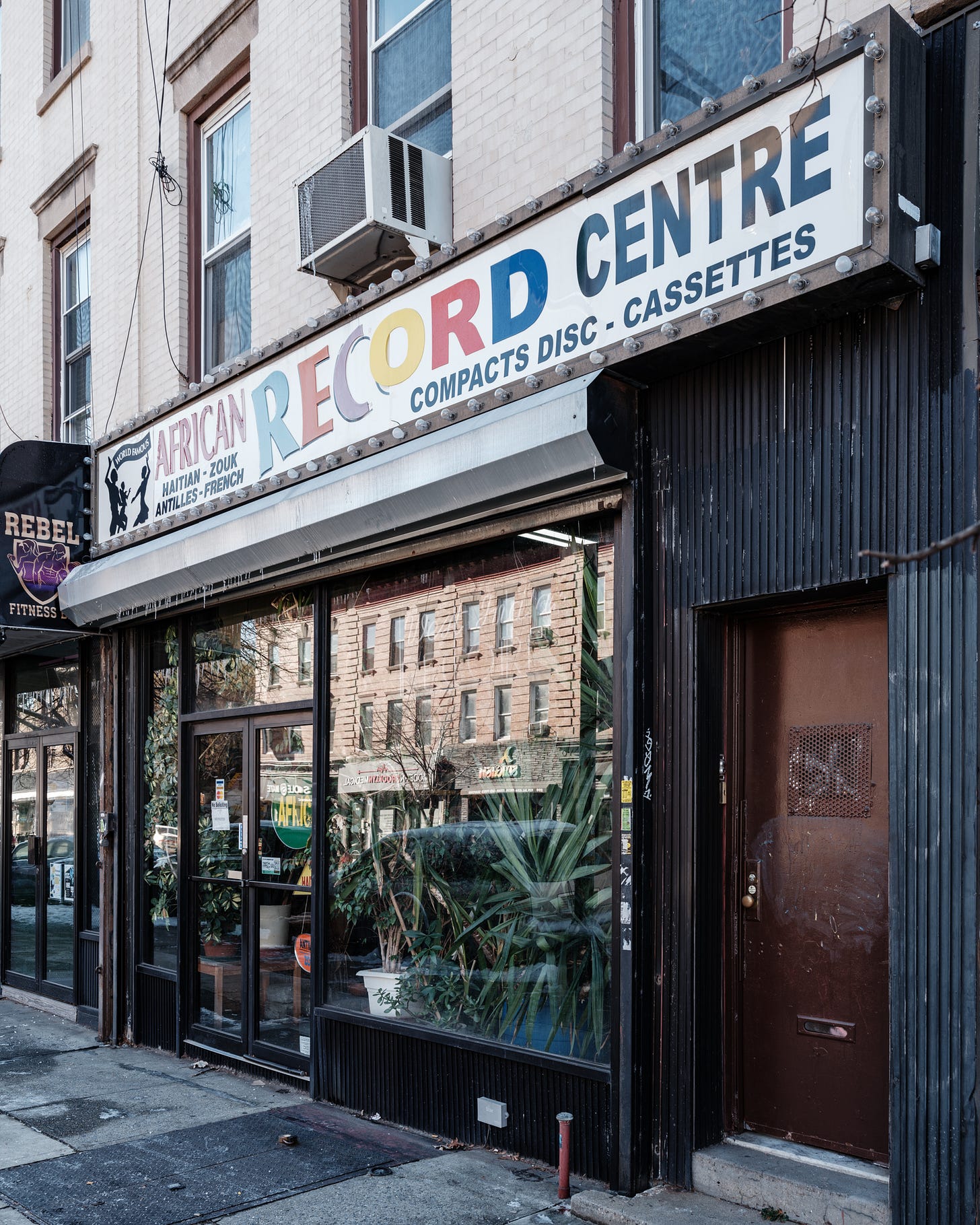


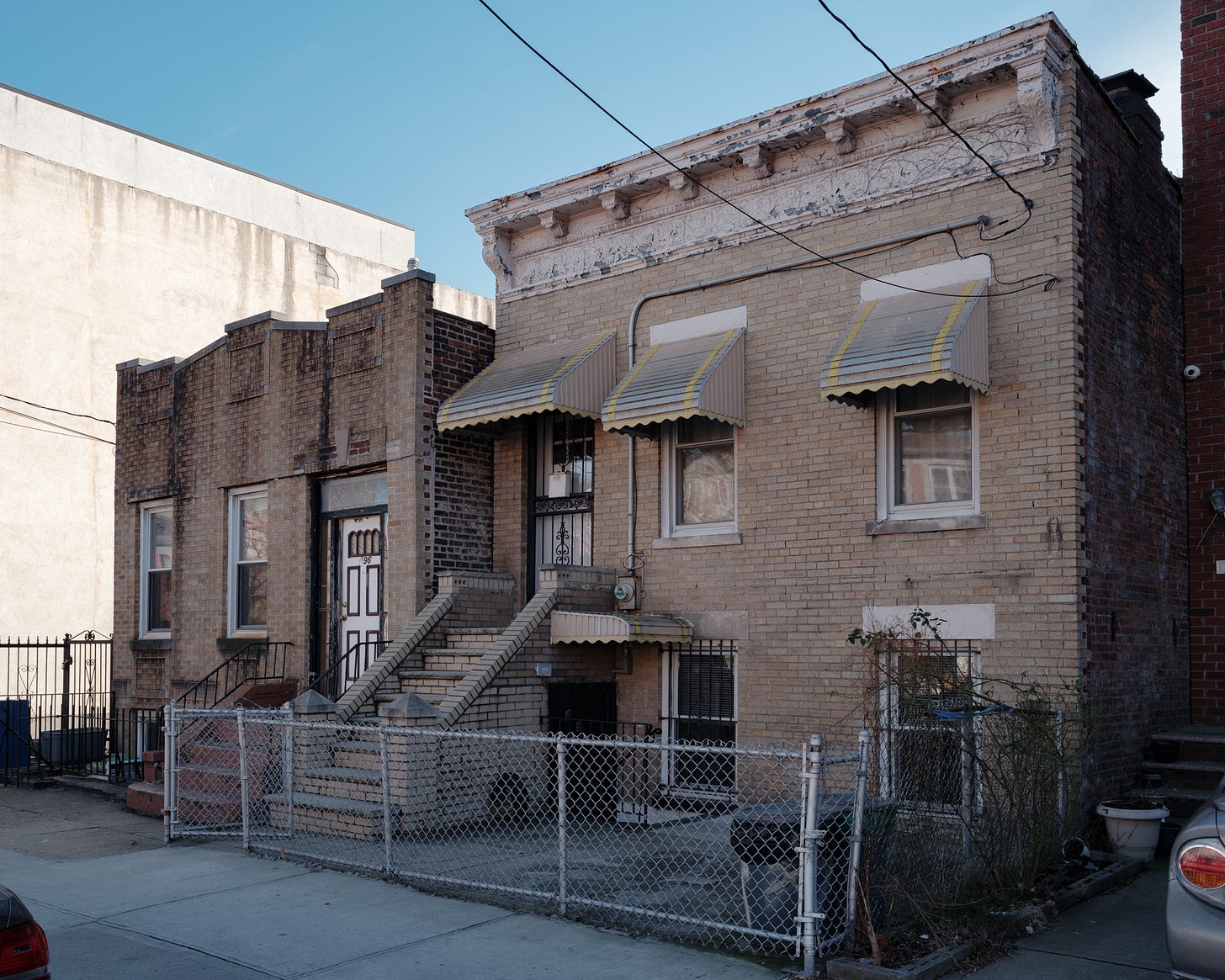
Rob, did it strike you as well, while researching this great issue, that newspapers used to be a lot more fun?
Another great, intriguing (and funny, if you’re not a canary) article. I love your photography too. It’s helping me re-assess how to see the, very different, neighbourhoods near where I live.